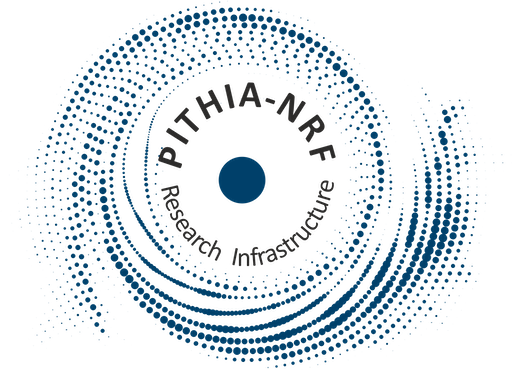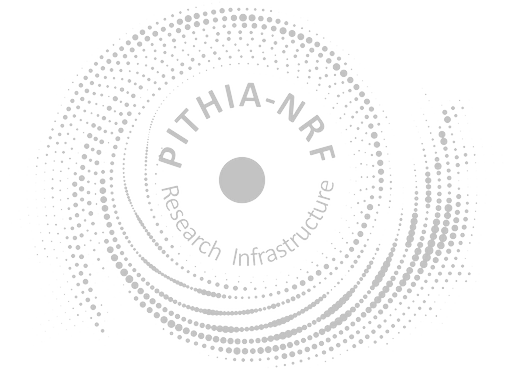<?xml version="1.0" encoding="UTF-8"?>
<Instrument xmlns="https://metadata.pithia.eu/schemas/2.2" xmlns:xlink="http://www.w3.org/1999/xlink" xmlns:xsi="http://www.w3.org/2001/XMLSchema-instance" xsi:schemaLocation="https://metadata.pithia.eu/schemas/2.2 https://metadata.pithia.eu/schemas/2.2/pithia.xsd">
<identifier>
<PITHIA_Identifier>
<localID>Instrument_EISCAT_ESR</localID>
<namespace>eiscat</namespace>
<version>2</version>
<creationDate>2022-10-03T11:01:00Z</creationDate>
<lastModificationDate>2025-01-16T12:35:00Z</lastModificationDate>
</PITHIA_Identifier>
</identifier>
<name>EISCAT Svalbard Incoherent scatter radar</name>
<description>An incoherent scatter radar transmits a VHF or UHF radiowave of
high power and a tiny fraction of the power is scattered
back. The spectrum of the scattered signal depends on plasma
waves propagating in the ionosphere and from the shape of the
spectrum the temperature of electrons and ions can be
determined. The scattered power or electron plasma frequency
shift can give the electron density and the Doppler shift gives
the ion drift velocity. Being high power large aperture radars,
the instruments are also useful for other purposes, including
meteor research and space debris mapping.
The EISCAT Svalbard radar (ESR) started operation in 1996 and operates at
500 MHz and has two antennas, one steerable 32 m dish and a
fixed field-aligned 42 m dish, with independent receiver
chains. The transmitter can switch antennas from pulse to pulse,
so dual antenna experiments are possible.</description>
<type xlink:href="https://metadata.pithia.eu/ontology/2.2/instrumentType/IncoherentScatterRadar"/>
<operationalMode>
<InstrumentOperationalMode>
<id>isr</id>
<name>IncoherentScatter</name>
<description>
The main use of incoherent scatter radars is ionospheric
research, where coded pulses are transmitted and
received. Decoding gives autocorrelation function estimates
at selectable time and range resolutions, and theoretical
scatter spectra can be fitted to these using standard
Fourier transform theory.
</description>
</InstrumentOperationalMode>
</operationalMode>
<relatedParty>
<ResponsiblePartyInfo>
<role xlink:href="https://metadata.pithia.eu/ontology/2.2/relatedPartyRole/DataProvider"/>
<party xlink:href="https://metadata.pithia.eu/resources/2.2/organisation/pithia/Organisation_EISCAT"/>
</ResponsiblePartyInfo>
</relatedParty>
</Instrument>

